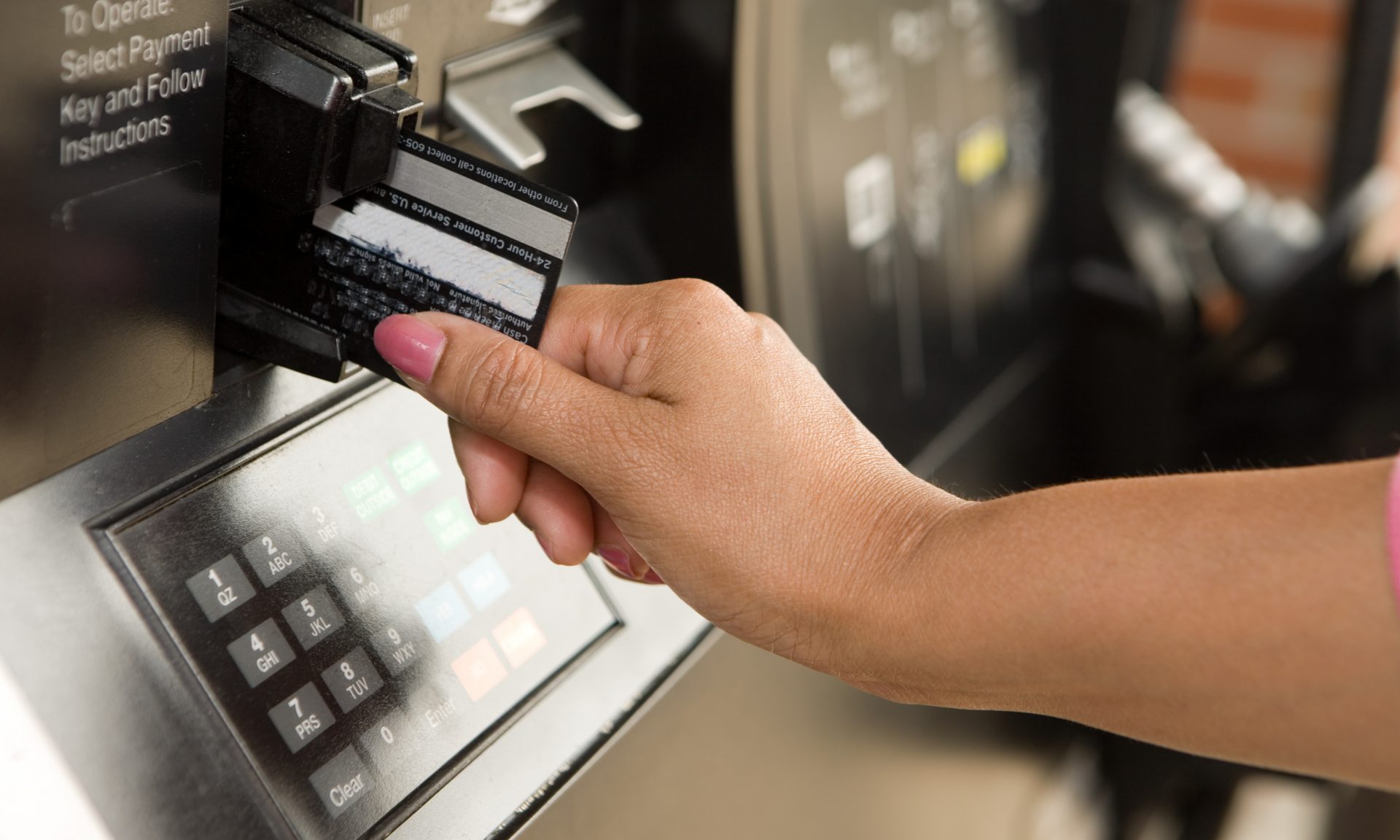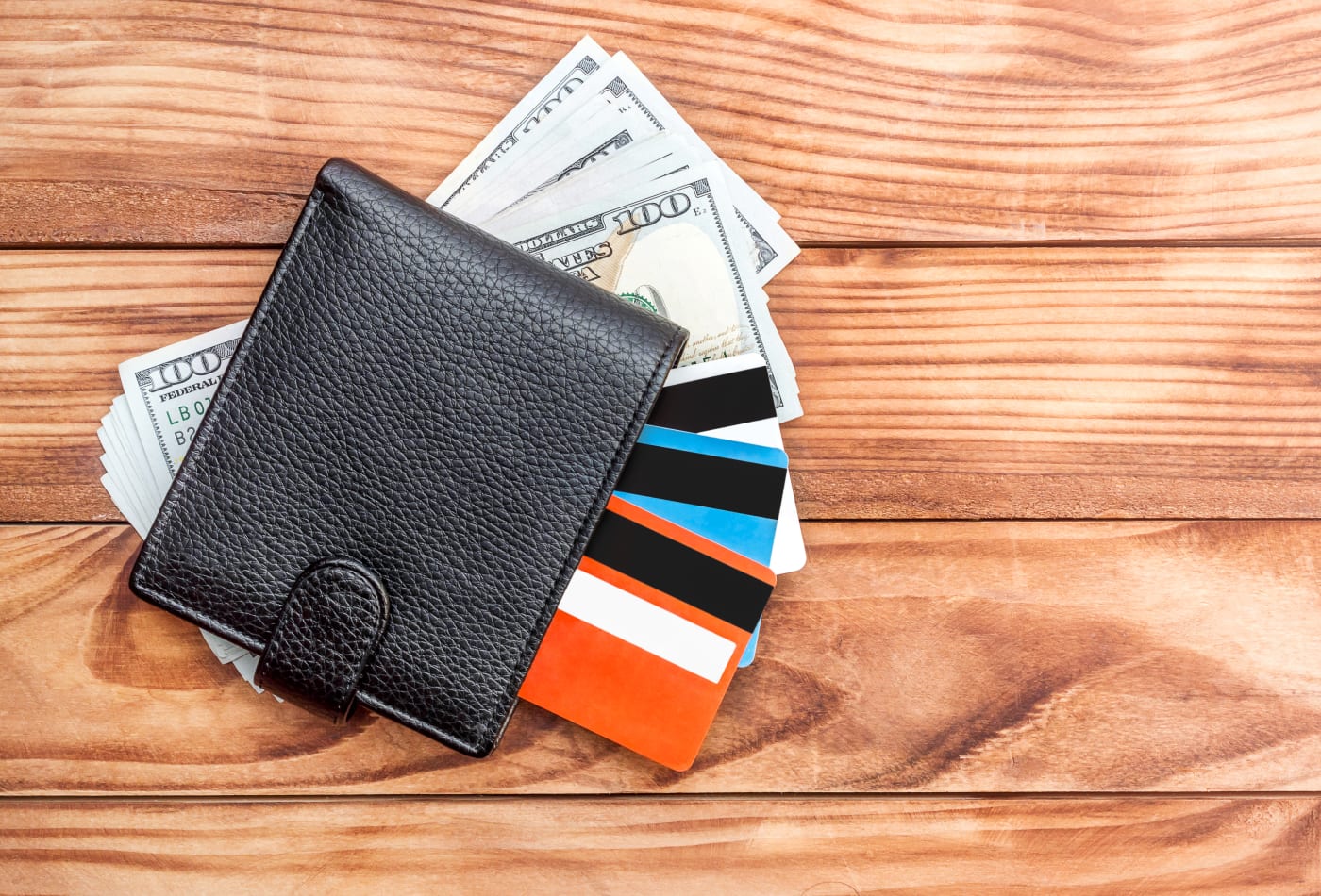Credit cards come with a number of fees for the range of transactions that you can do with the card. For example, cash advance fees can be costly and are important to pay attention to if you want to maintain your financial health when using your card.
Cash advance fees are applied when you withdraw cash from the credit card. Most credit cards support cash advances, but they can come with high fees and high interest rates.
To find out more about the cash advance fee, check out this article.

What Is a Cash Advance?
A cash advance is a cash withdrawal from your credit card. A cash advance can also be a loan that you take from a bank or another type of lender. In most cases, these loans are associated with huge interest rates and fees.
A cash advance is quite attractive to most borrowers because they are fast to get approval for. The following are some of the different types of cash advances.
Cash Advance Fees
Cash advance fees are a one-time amount that you have to part with in order to get that cash advance. They are usually a percentage of the amount withdrawn. For example, many cards charge a fee of 3% to 5% of the amount.
In some cases, the fee charged is a set fee, such as $5. The fees are typically charged by whichever is greater between the percentage amount and the set amount.
Types of Cash Advances
Credit Card Cash Advance
The first type of cash advance is the credit card cash advance. This is where instead of making a purchase using your card, you withdraw cash from the card.
This withdrawal can be made through an ATM or other means depending on your credit card issuer. These sorts of transactions tend to carry quite high fees when compared to making purchases through the card.
There is no grace period for cash advances, so your interest starts to accrue immediately.
Payday Loans
Payday loans also fall under cash advances since you get an advance against your salary on payday.
The issuer in this case doesn’t take your credit into consideration and only looks at your pay. Payday loans come with extremely high fees and they have to be paid on the borrowers next payday. But, you can choose to extend the days for a higher interest rate.
Most of the lenders have you sign an agreement that allows them to electronically receive their money as soon as you are paid. You’ll need to read the agreement carefully before you sign up. You also have to give personal and income info for you to get the loan.
Merchant Cash Advances
Quick, small loans from any institution, be it a bank or any merchant, is more or less a cash advance. For example, if you have a business that doesn’t have a credit or has less-than-perfect credit, you can use cash advances for operations.
When it comes to lenders and cash advances, you get your cash advance if the lender determines your creditworthiness. This is done through looking at how much money your business receives.

Conclusion
Most credit cards have a number of fees that they are associated with. Cash advance fees are important fees to watch out for if you choose to withdraw cash from credit accounts.
